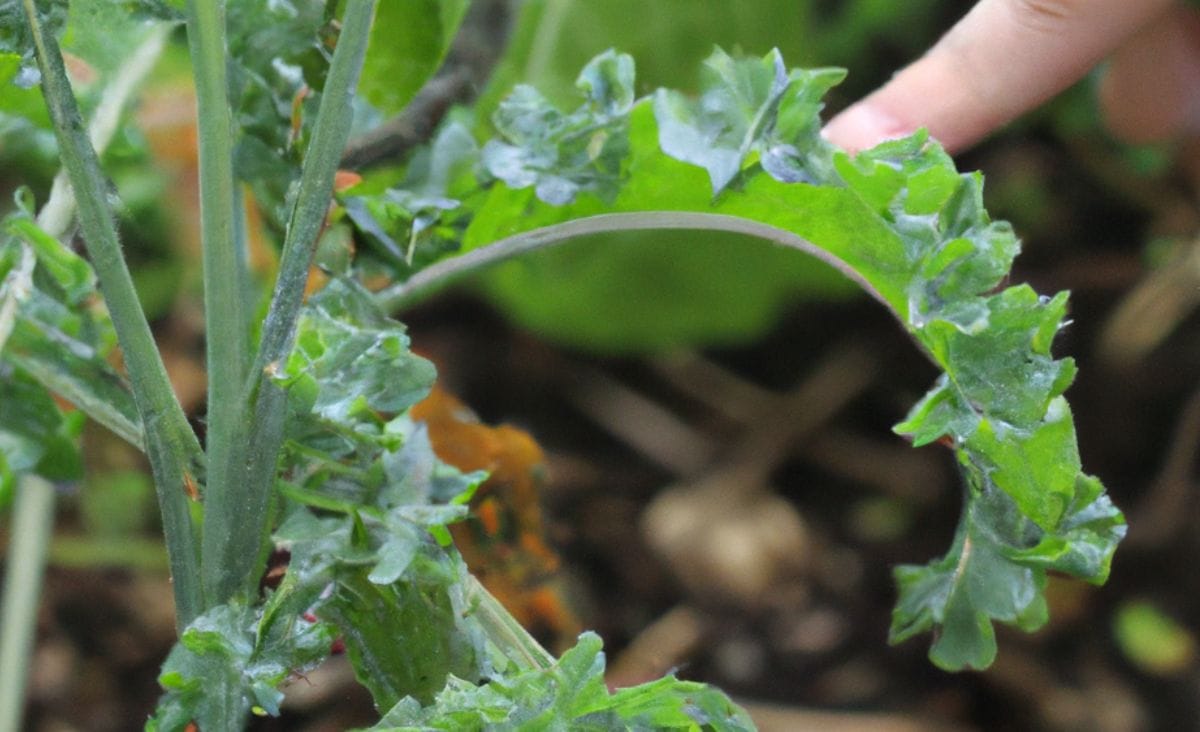7 Natural Garden Pest Control Tricks That Actually Work Fast
Skip the chemicals! Discover 7 proven natural garden pest control methods that are safe, easy, and effective—even when pests hit hard.

I’ve lost entire beds of lettuce to slugs and watched cabbage worms turn my kale into lace. If you’ve been there too, you know how defeating it feels to put in all that effort only to have pests wipe it out. There’s nothing more discouraging than nurturing a healthy-looking plant only to find it decimated overnight—but don’t give up just yet.
If you’re looking for a way to keep pests out of your garden without reaching for chemical sprays, you’re not alone. Natural garden pest control is something I’ve spent years experimenting with—on a tight budget and with a firm “no thanks” to anything toxic. In this post, I’ll walk you through the methods I’ve personally tested, what’s actually worked (and what hasn’t), and how you can protect your garden using natural, safe, and low-cost solutions.
Why Natural Pest Control Matters
Let’s face it—most of us are growing food because we want to know what’s in it. Spraying down your plants with something that has a skull and crossbones on the label kind of defeats the purpose, right? That’s why I made the switch to natural methods years ago. They’re safer for you, your kids, your pets, your pollinators, and the soil you’re working so hard to build. If you’re trying to align your entire yard with more eco-friendly gardening practices, this approach fits right in.
Start with Prevention: Healthy Gardens = Fewer Pests
Before I get into my favorite natural methods, here’s a hard truth I had to learn: stressed plants are pest magnets.

A few prevention tips I swear by:
- Build healthy soil. Compost, compost, compost. Healthy soil grows strong plants that are more resilient against damage. I also like making your own leaf mold to add organic matter and boost microbial life without spending a dime.
- Don’t overcrowd your plants. Airflow matters and packed beds are an invitation to fungus and bugs.
- Rotate crops. Especially for things like squash and tomatoes that attract repeat offenders.
- Watch for signs early. A little nibble today could be a swarm tomorrow.
My Go-To Natural Pest Control Methods
Over the years, I’ve tested everything from garlic sprays to companion planting. Here’s what’s consistently worked in my garden—with step-by-step tips to get you started.
Handpicking
It’s old-school, but it works—and it’s one of the most effective methods if you’ve only got a few problem areas. I do a quick garden walk in the morning and again in the evening, checking the undersides of leaves for caterpillars, beetles, and eggs. I bring a small bucket of soapy water and drop pests right in.
I once thought I could ignore a few cabbage worms because “how bad could it get?” Two days later, my entire broccoli bed was chewed to bits. Lesson learned.
Diatomaceous Earth
This powder is made from crushed fossils and works like microscopic razor blades to soft-bodied pests like slugs and beetle larvae.
How to use it:
- Only apply when plants are dry, after watering or rain.
- Lightly dust around the base of plants or along pest trails.
- Avoid using it directly on blossoms to protect pollinators.
- Reapply every few days, especially after rain.
Neem Oil Spray
Neem oil is a natural pesticide derived from the neem tree. It disrupts the hormonal systems of pests, stopping them from eating and reproducing.
How to use it:
- Mix 1 tablespoon of cold-pressed neem oil with 1 teaspoon of mild liquid soap in 1 quart of water.
- Pour into a spray bottle and shake well before each use.
- Spray affected leaves (top and bottom) in the early evening to avoid harming bees.
- Repeat every 7–10 days as needed.

Homemade Garlic & Chili Spray
This DIY repellent works great for soft-bodied bugs and curious critters like rabbits and squirrels.
To make and use:
- Blend 1 bulb of garlic, 1 hot pepper (or 1 tsp chili flakes), and 1 quart of water.
- Let it steep overnight, strain, and add a few drops of dish soap to help it stick to leaves.
- Spray at dusk and reapply after rain. Avoid spraying in full sun to prevent leaf burn.
Companion Planting
Certain plants help deter pests naturally or distract them from your main crops.
What’s worked for me:
- Basil near tomatoes to reduce hornworms and aphids.
- Nasturtiums near squash as a trap crop for aphids and cucumber beetles.
- Marigolds throughout the garden to deter nematodes and a variety of insects. If you’re wondering why I always plant marigolds, there’s a reason they show up in so many of my garden beds.
- Chives near carrots to discourage carrot flies.

Still Have Questions About Natural Garden Pest Control?
One Trick That Saved My Beans
After aphids wrecked my entire bush bean crop one year, I gave floating row covers a try. I start with hoops and lightweight insect netting right when I plant, and keep it on until the plants are flowering. The difference was night and day—no aphids, and no need for sprays.
Other Natural Options to Consider:
- Beneficial insects like ladybugs and lacewings (either attract them with flowers or order them online)
- Beer traps — sink a shallow container into the soil and fill with beer to trap slugs
- Sticky traps — helpful for aphids and whiteflies in high-pressure areas
- Timing your planting — starting crops early or late to avoid peak pest activity
Natural pest control works best when you take a whole-system approach. If your soil needs a boost, try adding organic soil amendments like these to support long-term plant health and pest resistance.
Tired of pests destroying your garden? Pin this guide so you’ll have natural pest control methods handy all season long!

Natural pest control isn’t always fast or flashy, but it works—and it works without sacrificing your soil, your pollinators, or your peace of mind. These simple methods have kept my garden productive and chemical-free year after year, even through heavy pest pressure.
What natural pest control methods have you tried in your garden? Let me know in the comments—I’d love to hear what’s working for you!





Any organic pest control that will take care of earwigs?? These beasts decimate a lot of my ornamental flowers. Granted, they revive after several weeks, but they look awful for awhile.
Earwigs are great at killing off slugs, snails, and other slow-moving pests, but I’m with you. I want them gone. They happen to be the only bug that really freaks me out (especially when they scatter out of the mower when I start it). Diatomaceous Earth is good at stopping them in their tracks or you can collect them in rolled up newspapers left out overnight and dispose of them the following day. Be warned, the newspaper trick works well and you will find more than you may have expected in there when you go to dispose of them.
This is great information – years ago I was a florist where the company also had a nursery. They stored lady bugs in our cooler and I was completely freaked out at the concept until they showed me the process. It was pretty awesome! Thankfully where I live we have so many of these beneficial bugs. Just had to pull a praying mantis out of my chickens reach.
Hope you have a great day!
Carole
The garden is a bust this year with all the rain, but I’m definitely saving this for next year. Thanks for this great resource!
Don’t give up yet! We are WAY behind this year, but I am trying to persevere. Granted, my swiss chard is the same size it was when I transplanted it a month ago. Okay, this year is a bit disheartening…